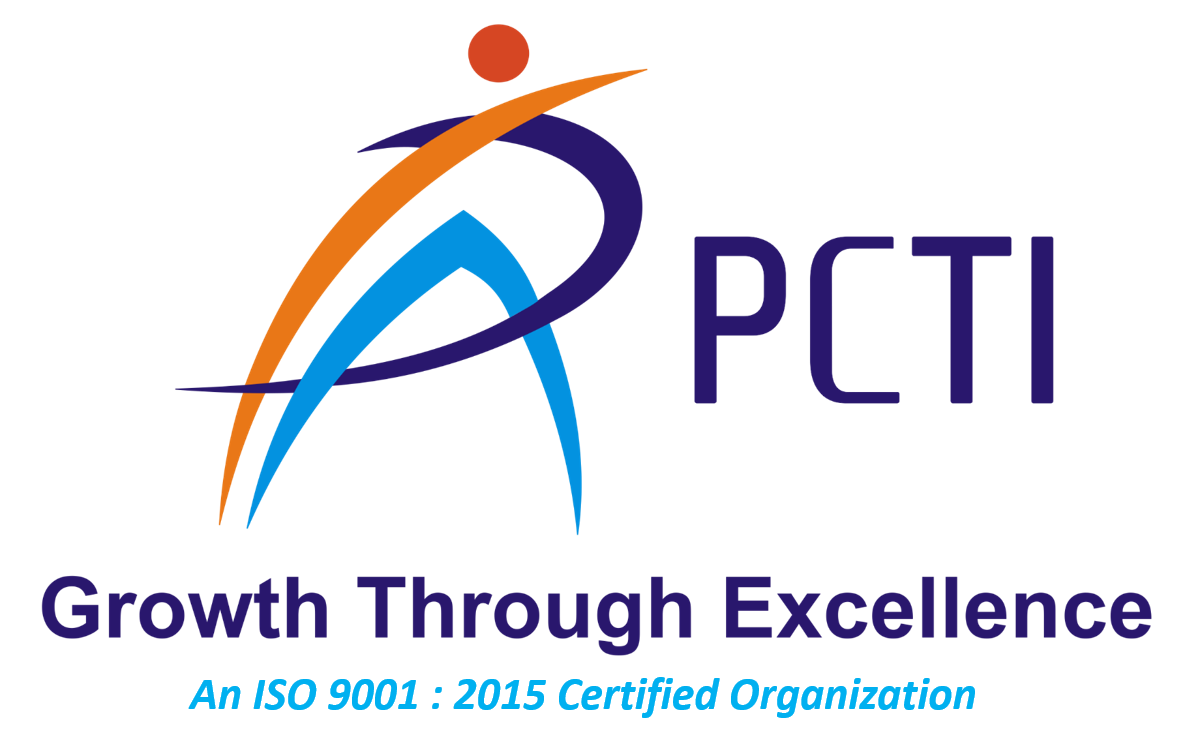Next-Gen Learning: Fusing Software Development with AI & ML
The intersection of software development, artificial intelligence (AI), and machine learning (ML) is revolutionizing the educational landscape. This powerful fusion presents unprecedented opportunities for creating personalized, efficient, and engaging learning experiences. In this blog, we'll explore how the integration of these technologies is shaping the future of education and empowering learners in unique ways.
Personalized Learning Experiences
AI and ML are enabling the creation of highly personalized learning environments. Traditional education often fails to cater to individual learning paces and styles. AI-driven platforms, however, can analyse a student's performance and preferences, adapting the content to meet their specific needs.
For example, adaptive learning systems use machine learning algorithms to continuously assess a student’s progress, tailoring the difficulty of lessons accordingly. This ensures that students are challenged just enough to keep them engaged without feeling overwhelmed. Such personalized approaches can significantly enhance learning outcomes and student satisfaction.
Intelligent Tutoring Systems
Intelligent Tutoring Systems (ITS) are another innovative application of AI in education. These systems simulate the guidance of a human tutor, providing real-time feedback and personalized support. ITS can help students navigate complex subjects by offering customized hints and explanations.
In mathematics or coding, for example, an ITS can detect when a student is struggling with a specific concept and provide targeted help. This immediate, tailored feedback loop helps students grasp challenging topics more effectively, reducing frustration and enhancing their learning experience.
Enhanced Content Creation and Curation
AI and ML are also revolutionizing content creation and curation. Developing educational materials traditionally is labour-intensive and often fails to address the diverse needs of learners. AI-driven tools can generate high-quality content quickly and efficiently, making it easier for educators to provide varied and engaging resources.
AI and ML are also revolutionizing content creation and curation. Developing educational materials traditionally is labour-intensive and often fails to address the diverse needs of learners. AI-driven tools can generate high-quality content quickly and efficiently, making it easier for educators to provide varied and engaging resources.
Natural Language Processing (NLP) algorithms can summarize complex texts, translate materials into multiple languages, and even create interactive simulations. This technology ensures that learners have access to a wide range of high-quality resources tailored to their individual needs.
Additionally, machine learning algorithms can analyse vast amounts of educational data to identify the most effective resources. This data-driven approach ensures that students have access to the best possible materials, enhancing their learning outcomes.
Project-Based Learning and Real-World Problem Solving
Integrating software development with AI and ML fosters a hands-on, project-based learning approach. Students work on real-world problems, developing practical solutions and gaining valuable experience. This method not only deepens their understanding of theoretical concepts but also equips them with essential skills for the future job market.
For instance, students might collaborate on projects that involve creating AI applications, such as chatbots, recommendation systems, or data analysis tools. These projects require them to apply programming skills, understand machine learning algorithms, and think critically about real-world issues, preparing them for careers in tech-driven industries.
Democratizing Education with Open Source Tools
The integration of software development with AI and ML is making advanced educational tools and resources more accessible. Open-source platforms and libraries, such as TensorFlow, PyTorch, and sci-kit-learn, allow educators and students to experiment with AI and ML technologies without the need for expensive software licenses.
These tools come with extensive resources, including tutorials, pre-trained models, and community support, enabling learners to explore AI and ML at their own pace. This accessibility fosters a more inclusive learning environment, where individuals from diverse backgrounds can engage with and contribute to the field of AI and ML.
Promoting Collaboration and Innovation
The fusion of software development with AI and ML encourages collaboration and innovation. Platforms like GitHub and Jupyter Notebooks enable students and educators to share code, collaborate on projects, and learn from one another.
By working together on AI and ML projects, students can pool their knowledge and creativity to develop innovative solutions to complex problems. This collaborative approach not only enhances learning outcomes but also mirrors the collaborative nature of the tech industry, preparing students for future professional environments.
Ethical Considerations and Responsible AI
As AI and ML become integral to education, it's essential to address ethical considerations and promote responsible AI practices. Educators must ensure that students understand the ethical implications of AI technologies, including issues related to privacy, bias, and fairness.
Incorporating discussions on AI ethics into the curriculum helps students develop a critical perspective on the impact of AI on society. It encourages them to design and deploy AI systems that are ethical, transparent, and inclusive.
The Future of Learning: A Hybrid Model
The future of education lies in a hybrid model that combines traditional teaching methods with AI and ML technologies. While AI can augment and enhance learning experiences, the human element remains irreplaceable. Educators play a vital role in guiding, mentoring, and inspiring students.
By embracing a hybrid approach, educators can leverage AI to handle administrative tasks, provide personalized support, and deliver engaging content. This allows them to focus more on fostering critical thinking, creativity, and emotional intelligence—skills that are essential in the AI-driven future.
Conclusion
The integration of software development with AI and ML is transforming education in unprecedented ways. Personalized learning experiences, intelligent tutoring systems, enhanced content creation, project-based learning, and the democratization of education are just a few of the benefits that this integration offers.
As we move forward, it is essential to embrace these technologies responsibly, ensuring that ethical considerations are at the forefront. By doing so, we can create a learning environment that not only equips students with technical skills but also prepares them to navigate and shape the future of our increasingly AI-driven world.
The journey of next-gen learning has just begun, and the potential for innovation and improvement is limitless. By harnessing the power of AI and ML, we can pave the way for a more inclusive, engaging, and effective educational landscape.

